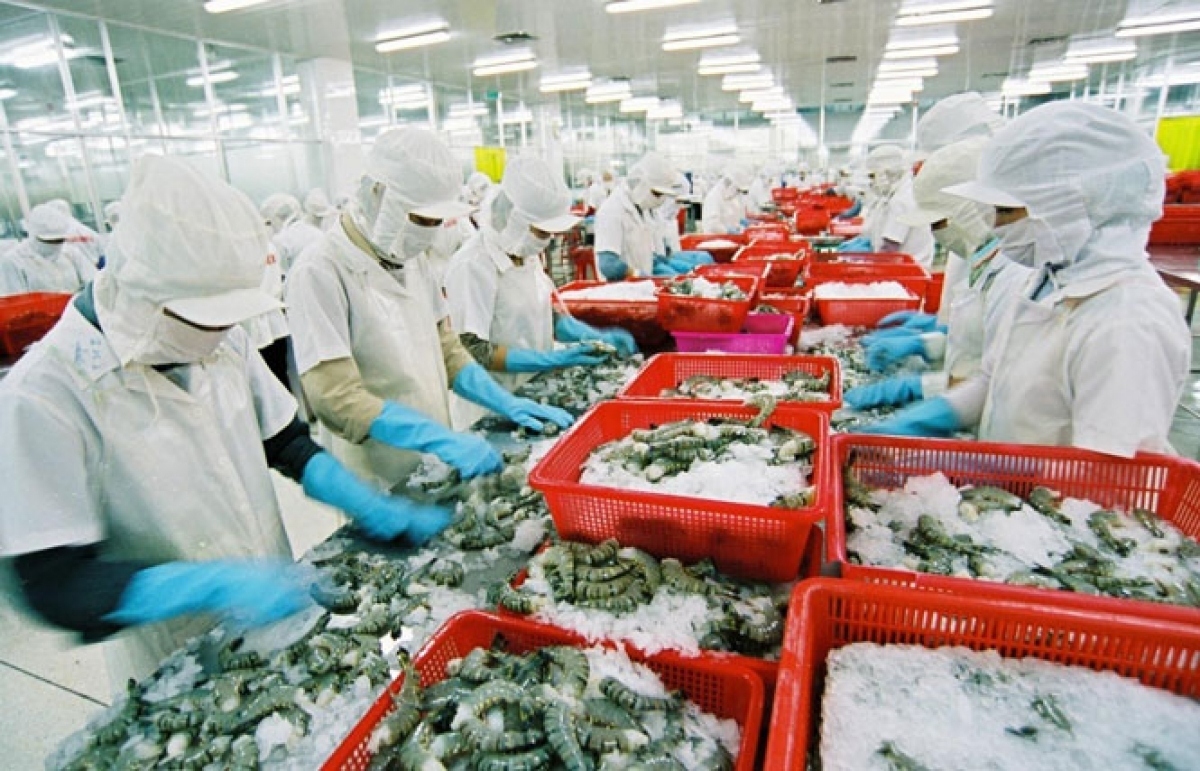Vietnamese seafood secures firm foothold in Australian market
VOV.VN - Vietnamese seafood currently has secured a firm foothold in the Australian market, accounting for 23% of Australia's total aquatic imports last year, according to the Vietnam Association of Seafood Exporters and Producers (VASEP).
Its market share in Australia is far higher than the figure of 13% recorded five years ago, demonstrating the impressive growth of Vietnamese aquatic products in Australia.
Last year witnessed Australia become the sixth largest consumer of Vietnamese seafood from its previous ninth position in 2018 thanks to incentives from a number of free trade agreements (FTAs), including the ASEAN-Australia-New Zealand Free Trade Area (AANZFTA), the Comprehensive and Progressive Agreement for Trans-Pacific Partnership (CPTPP), and the Regional Comprehensive Economic Partnership (RCEP).
Most notably, Vietnamese aquatic export items such as shrimp and pangasius have now enjoyed greater benefits as import duties are slashed to 0% thanks to the CPTPP enforcement.
VASEP’s statistics indicate that Australia has continuously increased imports of aquatic products from Vietnam, spending US$365 million in 2022 compared to US$197 million in 2018.
Especially, white-leg shrimp accounted for the largest proportion among Vietnamese seafood exports to this market, with turnover soaring by 171% to reach US$259.5 million. Shrimp revenue also made up 71% of the export value of Vietnamese seafood last year.
Furthermore, among the top three seafood exports to Australia, barramundi products represented 6% of the total export value, bringing in nearly US$21 million in turnover.
Australia also increased the import of other seafood products from Vietnam in recent years with herring, tuna, clams, and fish sauce edging up 158%, 81%, 68%, and 190%, respectively.
In contrast, pangasius exports to Australia decreased by 18%, from US$47 million in 2018 to US$38 million last year.
According to the VASEP, Vietnamese seafood exports to Australia in the first quarter of the year declined by 32% to US$63 million year on year. Of the figure, shrimp, pangasius and barramundi exports plunged by 34%, 26%, and, 34%, respectively.
This drop can be attributed to the impact of global inflation, causing a reduction in consumption demand in Australia.
Currently, Australia's inflation rate stands at 6.7%, higher than the Reserve Bank of Australia's target of between 2% and 3%.
Experts say Australian inflation is anticipated to fall faster than expected, thereby making Vietnamese seafood products to the market recover gradually ahead in the second half of the year.



